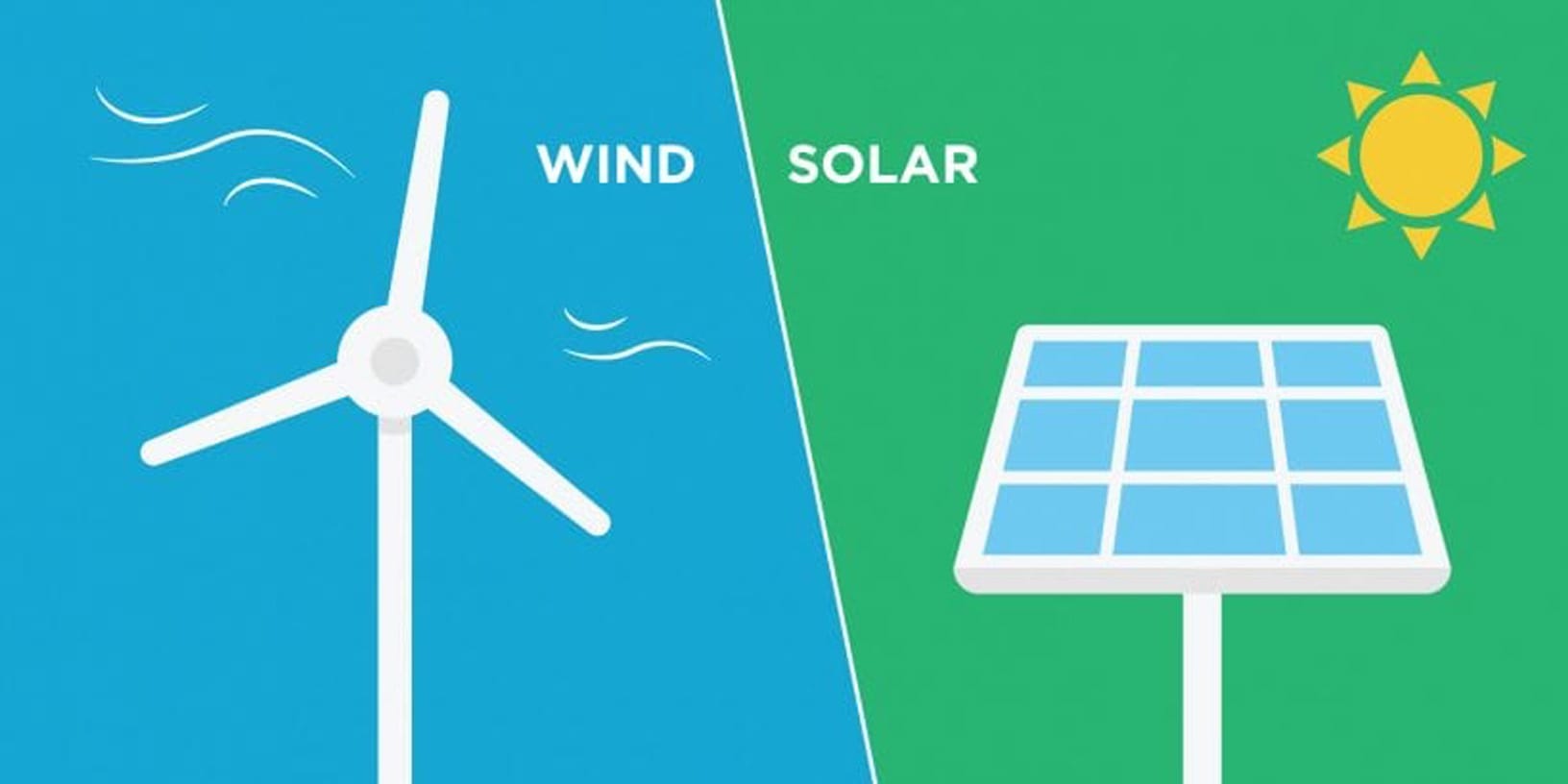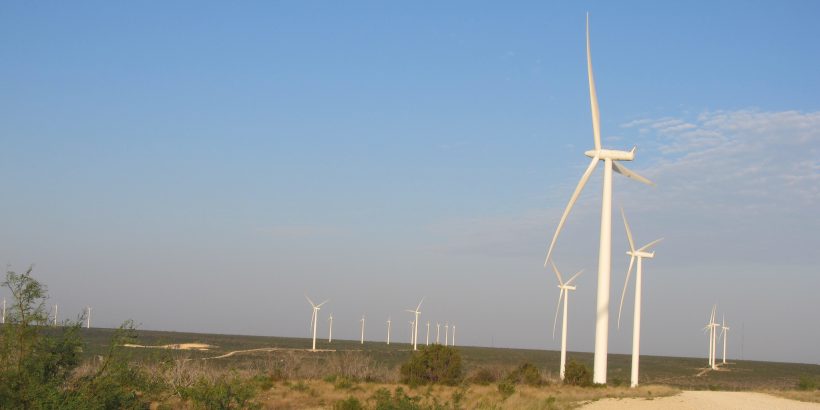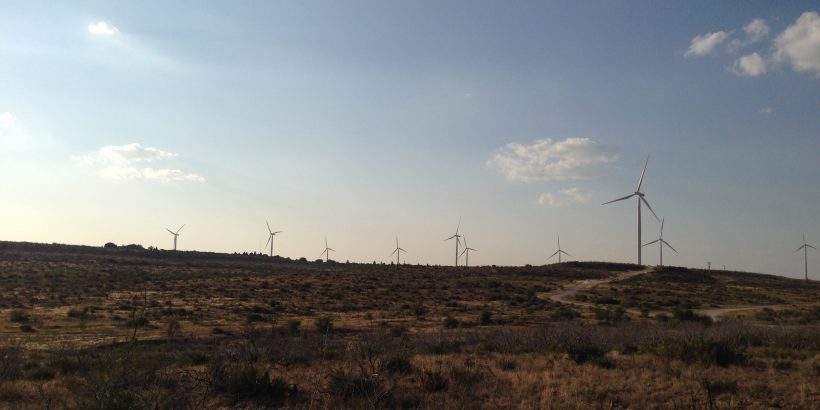Green Mountain Energy® Blog
Key Electric Vehicle Technology Innovations for 2025 and Beyond



Electric vehicles (EVs) have evolved from rarities on the road to appealing options for drivers around the world. In 2024, 8.7% of all new cars sold were EVs — a 7.3% increase from 2023 — with China, Europe and the U.S. leading the way. A big reason for this is the rapid evolution of electric vehicle technology and a growing EV charging infrastructure.
Electric vehicle trends to expect in 2025 include greater affordability, innovation driven by competition, increased driving ranges, advances in electric vehicle battery and charging technology, and an expanding charging infrastructure. Let’s take a closer look at some of the key innovations we can expect to see soon.



Electric Vehicle Technology Trends #1:
Increased competition among vehicle manufacturers
Fierce. That’s the best way to describe the growing competition between traditional automakers and EV specialists like Tesla and Rivian. As a result, we’re seeing more diverse EV options, greater affordability and improved consumer sentiment.
Competition drives EV options
By the end of 2024, Tesla still held a strong 44% share of the U.S. EV market. But new entrants and expanded product lines are making waves in the market, giving consumers more options than ever.
Estimates by Automotive News and Car and Driver show the best-selling 2024 EV models* were:
1. Tesla Model Y
2. Tesla Model 3
3. Ford Mustang Mach E-3
4. Hyundai IONIQ 5
5. Ford F-150 Lightning
6. Honda Prologue
7. Tesla Model X
8. Chevrolet Equinox EV
9. Cadillac Lyriq
10. Tesla Cybertruck
*The Rivian R1S and R1T might have ranked in the Top 10, but because the automaker doesn’t disclose model-specific sales, sources cannot provide an estimate.
To drive home how competitive the market is: only 20,000 units separate the fourth-best-selling EV (44,400 units of the Hyundai IONIQ 5) from the 10th-best-selling one (24,300 units of the Tesla Cybertruck).
Competition drives affordability
When Tesla released its first high-performance EV in 2008, the original Tesla Roadster, it had a base price of $98,000 (adjusted for inflation, that’s over $142,000 today). Just two years later, the Nissan Leaf debuted with a base price of $32,780 (over $47,000 in 2025). But the average cost for an EV that year was still over $67,000 in today’s dollars.
In 2025, you can buy a new Tesla Model 3 starting at just over $44,000 — nearly $4,000 below the average cost of a new car, gas-powered or EV. A handful of other EVs even start at $40,000 or less.
Potential policy changes, such as import tariffs or discontinuing the $7,500 federal EV tax credit, pose an uncertainty in future EV costs. Future EV owners should stay informed about policy changes impacting the electric vehicle industry.
Competition drives EV consumer sentiment
As automakers race to capture more EV market share, many are investing heavily in proprietary and public charging networks. This helps erode anxiety around EV range and charging times — the top two barriers to adoption cited by prospective EV buyers.
Environmental concern is also a big motivator for consumers thinking about buying an EV, second only to lower fuel costs in a recent survey by Deloitte. Internal combustion (IC) engines produce about 10% of global greenhouse gas emissions, while EVs, with zero tailpipe emissions, can help reduce these air pollutants and fossil fuel dependency — especially when powered by renewable energy.



Electric Vehicle Technology Trends #2:
Innovations in electric vehicle battery technology
Electric vehicle battery technology remains at the heart of EV advancements. In 2025 and beyond, several developments could impact the industry:
- Solid-state batteries are a new technology that uses a solid electrolyte instead of the liquid or gel electrolyte in traditional lithium-ion batteries. They promise faster charging, longer lifespans, lighter weight and improved safety compared to their lithium-ion counterparts. Additionally, they reduce the reliance on rare materials.
- Lithium-iron-phosphate (LFP) batteries are gaining market share due to their safety and cost-effectiveness over their lithium-ion counterparts.
- Our Next Energy Gemini battery combines two types of cells: nickel-manganese for high energy but shorter life, and LFP cells that can be fully charged daily. The LFP cells power everyday driving, while the nickel-manganese cells help on long trips. Motortrend notes that production has been delayed due to financial issues, but a partnership with Foxconn might help get it back on track.
Within the next decade, experts expect to see:
- New chemistries like lithium-sulfur and sodium-ion batteries becoming more common.
- Next-generation anode materials, though issues currently persist: silicon nanowire anodes can store more energy and swell less, but they are still very expensive, while lithium metal anodes improve energy storage but need better coatings to prevent short-circuits caused by metal “whiskers.”
- Bipolar batteries that store more energy by stacking cells and directly connecting one part of the battery to the next. (Think: stacking batteries in a flashlight.)
As you can see, great minds are hard at work on a variety of innovations to the key component of EVs.



Electric Vehicle Technology Trend #3:
Improvements in EV battery sustainability
As EVs become more mainstream, consumers push for greener practices across industries and concern grows over the scarcity of raw material needed for EV batteries, we’re seeing more focus on battery sustainability.
In 2025, automakers and battery manufacturers will continue seeking eco-friendly ways to align battery production with their broader environmental goals. The goal is to fine-tune EV batteries to become less resource-intensive, less wasteful and more supportive of a circular economy. This includes ethically sourcing and extracting raw materials, as well as finding renewable alternatives (like bio-based materials) to traditional petroleum-based components.
The recycling process also plays a large part in this goal. China and Europe have invested heavily in this global industry, as have car manufacturers like Mercedes-Benz. The German automaker opened Europe’s first battery recycling plant with an integrated mechanical–hydrometallurgical process in Q4 2024. The company proclaimed itself “the first car manufacturer worldwide to close the battery recycling loop with its own in-house facility.” No doubt competitors will be hot on their heels with their own recycling solutions.
Debond on demand technology is another emerging trend in EV battery recycling. This process allows battery makers to quickly reverse the adhesive that bonds cells together, making it easier to separate and recycle the battery’s materials.



Electric Vehicle Technology Trends #4:
Extended vehicle ranges
Thanks to electric vehicle battery technology advances, EV drivers can expect to go even farther on a single charge this year. Kelley Blue Book lists the top new EVs with the longest electric charge ranges:
- 2025 Lucid Air (518 miles)
- 2025 Mercedes-EQ EQS (371 miles)
- 2025 Hyundai IONIQ 6 (342 miles)
- 2025 Tesla Model 3 (342 miles)
- 2025 BMW 14 (318 miles)
Compared to an average EV range of 79 miles in 2010 and 208 miles in 2019, we can see the impressive evolution in EVs and why they’ve become more appealing to consumers.
One factor plaguing driving range is extreme weather. Both very hot and very cold temperatures can significantly reduce an EV’s total range. While battery manufacturers work on minimizing this issue, EV owners can take steps to reduce the impact of weather in the meantime. Read our Smart Winter Tips for EVs in Cold Weather.



Electric Vehicle Technology Trends #5:
Expansion of Charging Infrastructure
Significant investments in charging infrastructure are underway to address the rapid growth of the EV market. According to a Congressional Research Service report, the U.S. has 75,107 public charging stations with 207,227 charging ports as of January 2025 — more than double the 2020 count. Public charging networks, including ultra-fast chargers along major highways and in urban areas, help ease range anxiety and make charging more convenient.
This makes continued investment vital for EV infrastructure. In January 2025, the U.S. Department of Transportation announced $635 million in grants to add 11,500 more charging ports, while the NEVI Formula Program allocates $5 billion over five years for nationwide expansion. Federal initiatives and grants like these will play a crucial role in meeting future demands.



Electric Vehicle Technology Trends #6:
Adavancements in electric vehicle charging technology
Convenient charging options are crucial to the widespread adoption of EVs. Advances in electric vehicle charging technology in 2025 and beyond will make charging faster and more accessible, supporting the growing number of EVs on the road.
- Ultra-fast chargers that can charge an EV to 80% in 20 minutes are gaining popularity and should see widespread adoption this year.
- Wireless charging pads allow drivers to charge their vehicles simply by parking over a designated pad. This and other wireless charging capabilities are expected to spread as Tesla, BMW and Hyundai test and prototype the new technology.
- Vehicle-to-grid (V2G) technology allows EV owners to sell energy back to the electric grid while plugged into their home charging stations, creating additional value for EV ownership and more grid stability.
- AI in EV charging will see artificial intelligence helping EV drivers find stations, optimize routes and predict maintenance needs.
How far can these advances in electric vehicle technology take our planet?
Electric vehicle trends like increased competition, cutting-edge electric vehicle technology, expanded charging networks and improved battery range will go a long way toward solidifying EVs as a sustainable and practical transportation choice. By lowering adoption barriers like range anxiety, charging time and overall cost, the electric vehicle industry will enable more consumers to envision themselves as EV owners.
With the wider adoption of electric vehicles, we all take a critical step toward a cleaner, greener future. From reduced carbon emissions to less dependence on fossil fuels and other rare materials, EVs — especially when powered by clean energy — are poised drive us toward a more sustainable future.





